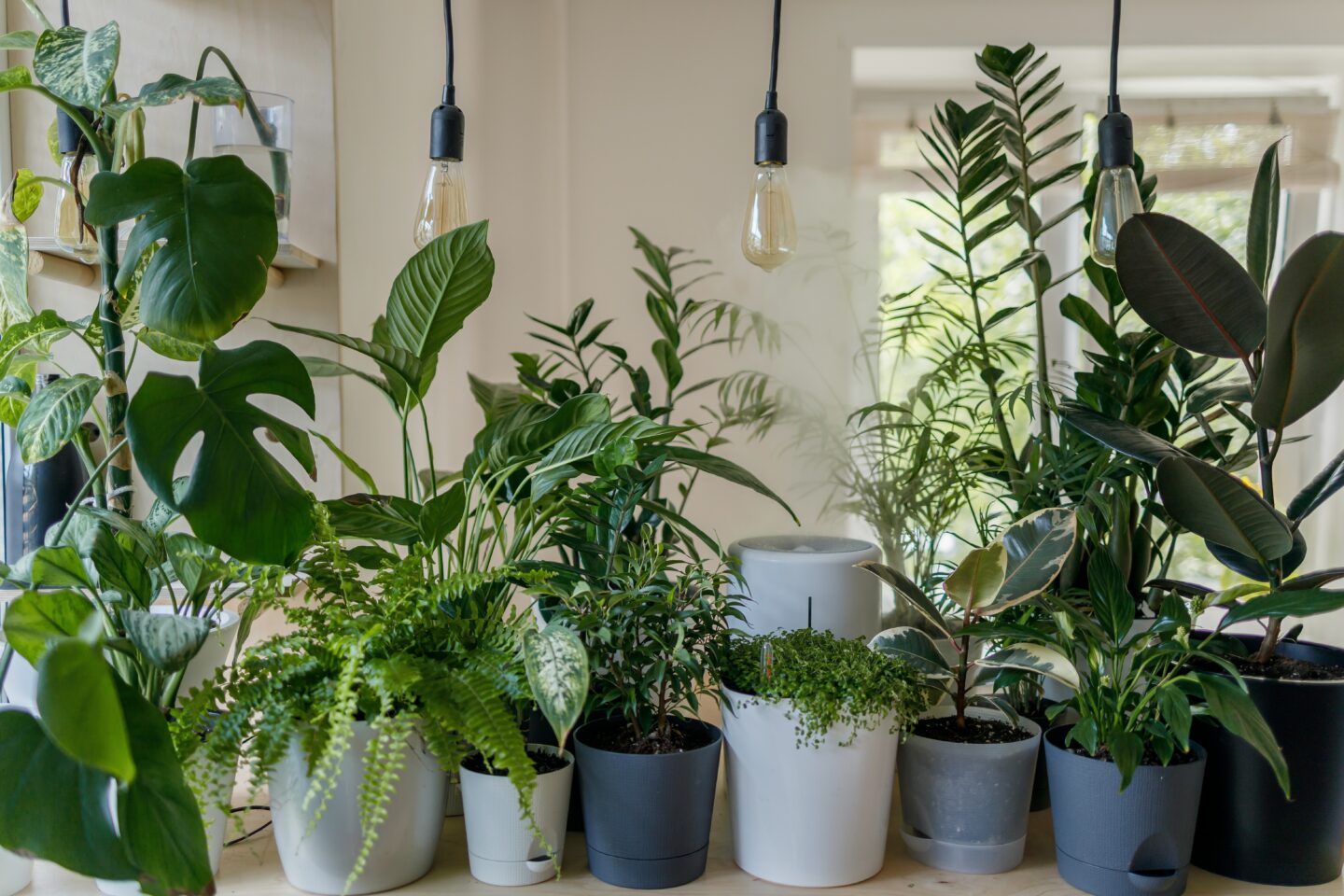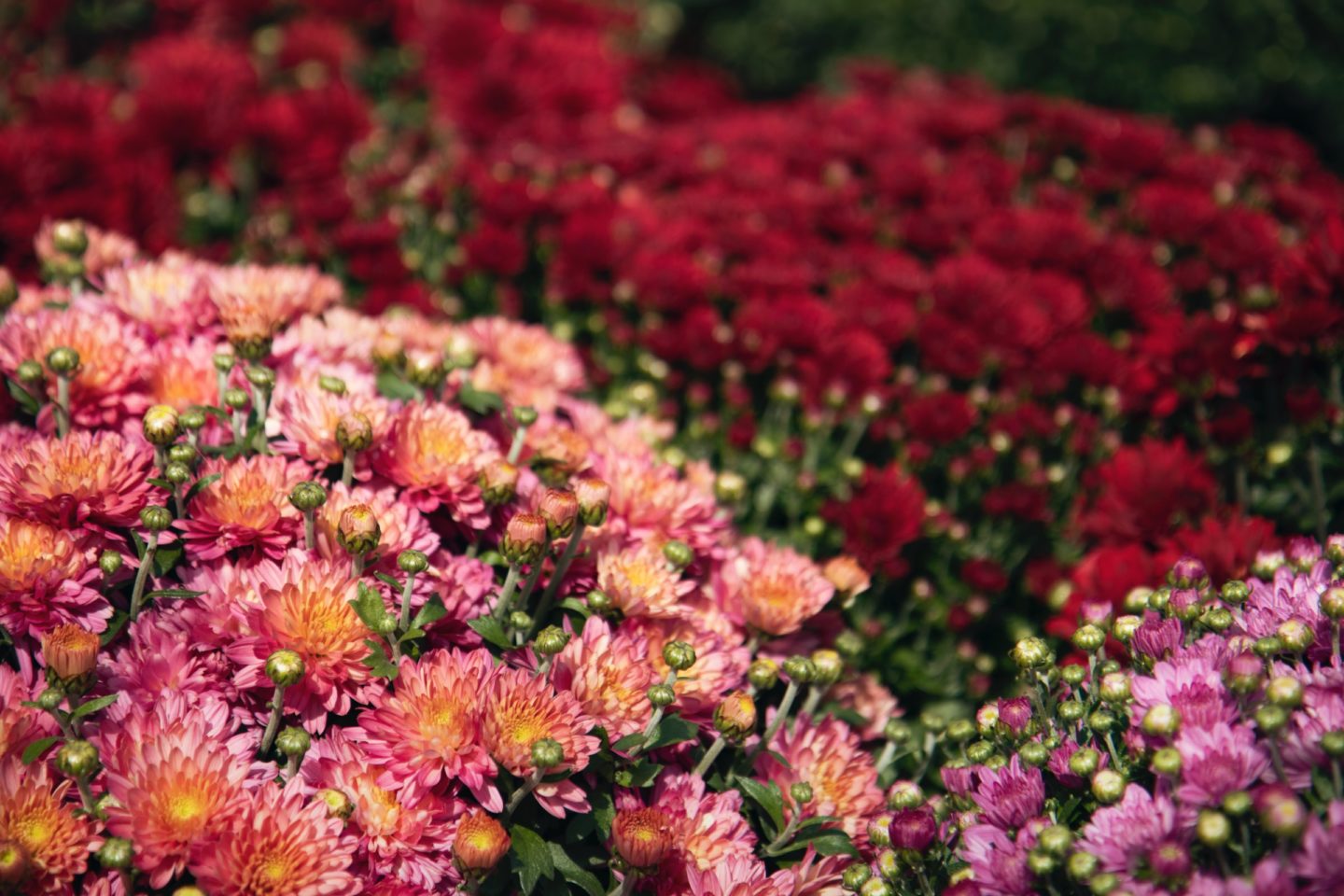If you attended the Vermont Flower Show last weekend, you know just how much there was to take in. From seminars on small space portable gardening and designing a pollinator friendly garden, to the keynote speaker Claudia West’s talk on plant communities, there were plenty of new, exciting ideas floating around for us to soak in.
We wanted to talk about some of our favorites, which isn’t to say they were the best; they were simply the talks we were able to attend in the busy two-day span of the flower show.

The Grand Garden Display
As soon as you walked into the flower show, the grand garden display towered over you, inviting you in to walk through the enchanting paths. The theme “Netherland” could not have been more perfect. With gorgeous plant groupings – some all white and others painting a rainbow of blooms – offset by whimsical structures and stone work, it was a fantastic display and showed off the many talents found in Vermont.
Bonus: if you stayed late on Sunday, they sold off all the plants from the grand display!
Plant Communities with Claudia West
Our landscape designer David is interested in Claudia West’s philosophy of plant community based design and he got me excited to hear her talk. I was not disappointed! In her talk at the flower show, she spoke about the basic principles of her design theory. I’ll break them down (simplistically) and explain the different principles. For a more in depth look into her ideas, read her book “Planting In A Post-Wild World.” It’s fabulous!
Principle One: Think of plants as species that interact with each other and the garden, instead of plants placed adjacent to each other with mulch in between. The plants should work together, instead of live apart with no communication.
Principle Two: Use the stress of your garden as an asset. Instead of trying to grow peonies in poor soil or sedum in moist soil, take into consideration your light, soil type, maintenance and choose plants that thrive in this type of landscape.
Principle Three: Cover the ground by vertically layering plants. This is the principle that gets me most excited. She talks about the idea of using plants as living mulch to help suppress weed growth and create a full plant community. By filling all the niches in your garden with plants, you’re not only making it almost impossible for weeds to grow, but you’re creating a wild-like planting that helps the plants grow stronger together.
Principle Four: Make it pretty! West touched on this idea a lot in her talk; in order for this plant community based design to work, it needs to be aesthetically pleasing and colorful. It’s one thing to come up with a fantastic design idea, but clients and gardeners need to love the way it looks, too! She talks about having seasonal pops of interest and color paired with large statement plants and groundcovers.
Principle Five: Less maintenance. These plant communities, if designed with West’s theory in mind, should require little to no maintenance. The bottom layer of groundcovers helps retain water and keep weeds from popping up. The garden simply needs a mowing (yes, mowing!) once per season.
This idea is so fascinating to me, but seems like a lot of work to design. Our landscape designer David has put West’s ideas into use in his previous work and is excited to work with some of our clients to utilize this type of planting in the future.

Creative Containers With Sarah Salatino
I, for one, am obsessed with container gardening, so I couldn’t miss this talk by Sarah Salatino from Full Circle Gardens.
Some of my favorite ideas I learned in this container garden seminar:
- Dump your soil out (or compost it) at the end of the season and use fresh soil every year.
- Anything can be a container! If you want to plant zinnias in an old teapot, simply fill the bottom inch with rocks and place a screen on top of it before you fill it with soil. Sarah uses window screening and simply cuts it to fit.
- There are dwarf vegetables that can be planted in containers. Sarah talked about dwarf tomato and even cucumber varieties that thrive in containers. She suggested pairing a dwarf tomato plant with a basil plant and a marigold for a mini garden on a patio or balcony.
- Create a moveable garden statement with containers. Sarah talked about planting one variety each in small pots and arranging them in your outdoor space. The great part about it is you can move and re-arrange the plants as the season goes on, depending on your mood.
- Many varieties – such as succulents – can be planted in containers and brought outdoors in the summer months and back indoors in the winter to be used as a houseplant.

With so many displays to see and seminars to attend, it was a weekend full of Vermonters generally geeking out about gardening. And we can’t wait to try some of these new ideas in your gardens!



